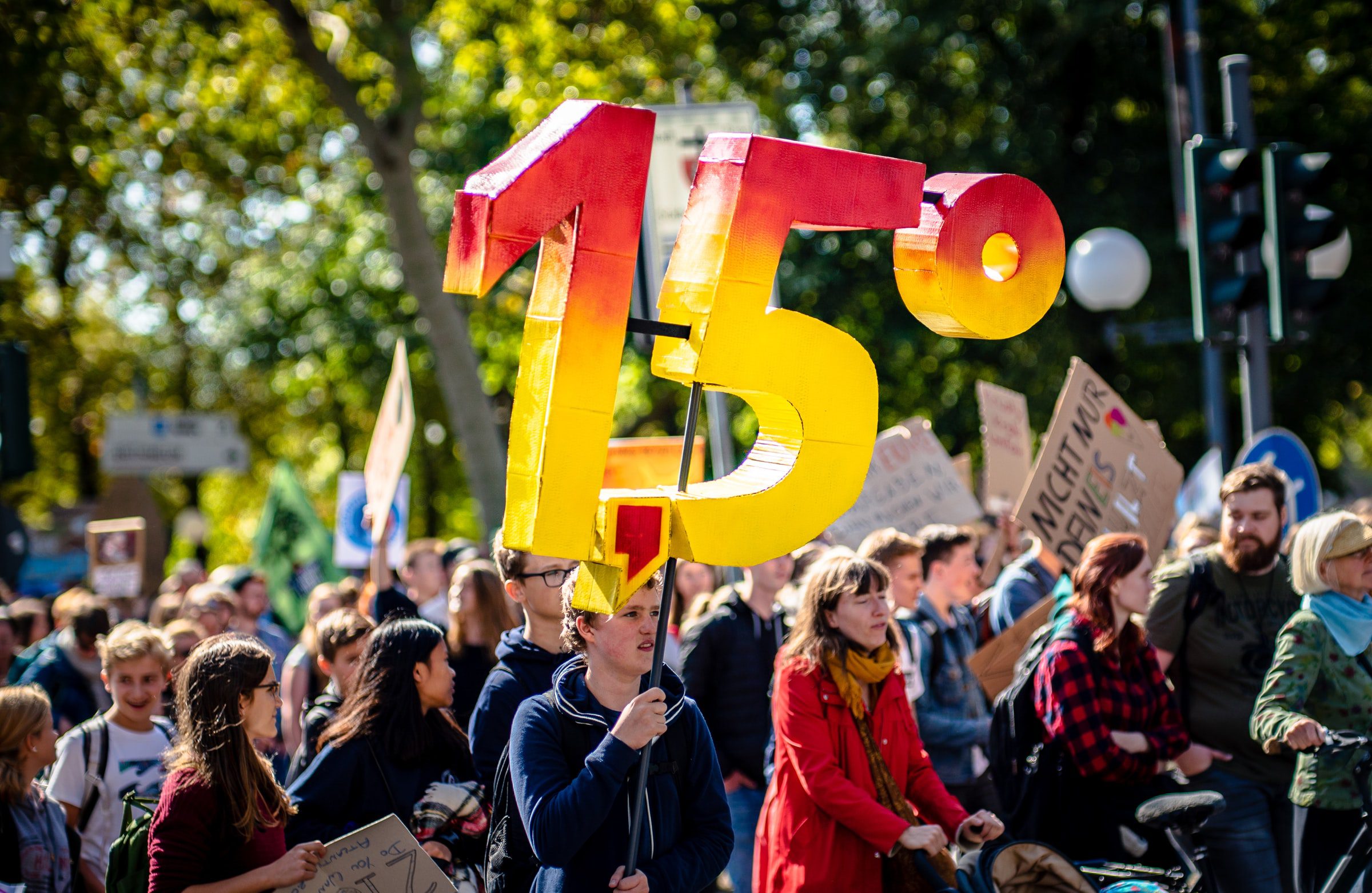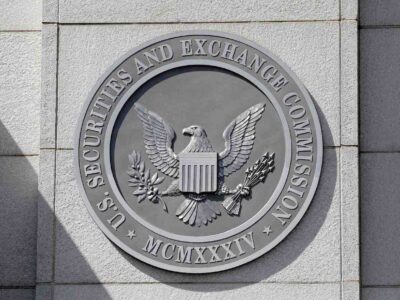(Bloomberg) —
National climate goals made through mid-November—if met quickly—leave open the possibility that global warming could halt before it reaches 2°C, according to a new analysis that combines the pledges with the latest scientific research. Two degrees above the pre-industrial average is the upper limit that the Paris Agreement identified to avoid the most catastrophic impacts from climate change.
“Our results provide a reason to be optimistic: Warming could be limited to 2°C or just below, if the pledges on the table are implemented in full and on time,” the authors write in the journal Nature.
Global climate stability is riding on that “if.”
Making pledges does not reduce emissions, and without new policies to enact them, the world could be on track for warming of 2.6°C by the end of the century, compared with the pre-industrial average. That’s well into a climate danger zone that people around the world are already seeing glimmerings of with only 1.2°C of rise so far. The global average temperature rise could pass the Paris Agreement’s stretch goal of limiting warming to 1.5°C by the early 2030s, a mark that the authoritative UN climate science group declared all but dead last week. The researchers conclude there’s only a 6% to 10% chance of meeting that goal without action that has yet to materialize.
The new analysis tracks the impact of 154 new or updated national commitments made through mid-November, the end of the UN climate talks in Glasgow. The findings hinge on immediate and substantial pollution reductions to implement country’s ambitions. Seventy-six long-term national goals cover 75% of global greenhouse gas emissions.
Particularly critical are immediate policy changes that lead to emission drops before 2030. The execution of initiatives launched in Glasgow includes the Global Methane Pledge, an agreement by more than 100 countries that could reduce warming by an additional 0.2°C.
“This is big news because it’s the first time the governments have come forward with specific targets that can hold global warming to below the symbolic 2°C level,” said Christophe McGlade, head of the energy supply unit at the International Energy Agency and a co-author. “We’ve come a long way since the Paris Agreement was signed back in 2015, but now the real work has to start.”
Russia’s war in Ukraine needn’t jeopardize long-term climate goals, he said.
In addition to a new landscape of national policies to back up pledges, the world would need some amount of luck, too. The new estimates suggest that, if everything goes right, well-executed policies could halt warming at 1.9°C. But — and, again, even if everything goes right — unpredictable factors in the relationship between greenhouse gases and temperature increases mean that the authors can’t rule out warming of up to 2.8°C.
The study is accompanied by commentary written by climate researchers Zeke Hausfather of Stripe Inc. and Berkeley Earth and Frances Moore of University of California at Davis. They note how much better, relatively speaking, current circumstances are than the “particularly grim climate future” faced a decade ago, when scientists couldn’t rule out 4°C or 5°C of heating. “Today, the world is a different place,” they wrote.
It’s a different place, but not necessarily more stable. “As current events show,” they write, “it would be a mistake to rule out a future characterized by resurgent nationalism that strains global cooperation” and leads to nations raiding their fossil-fuel reserves.
To contact the author of this story:
Eric Roston in New York at eroston@bloomberg.net
© 2022 Bloomberg L.P.





